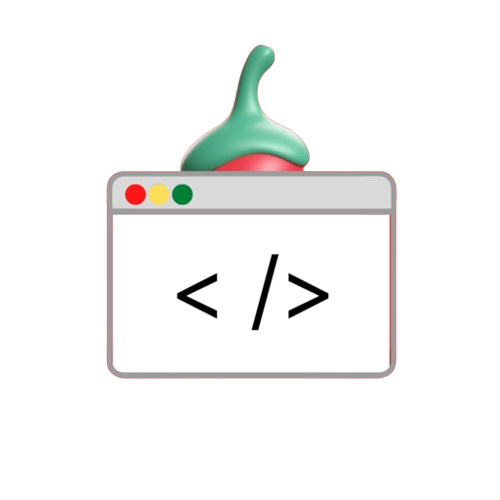Are you interested in working on a simple yet powerful Python project that showcases your programming skills? In this article, we will walk you through building an Instagram Bot using Python and InstaPy. This fun project is perfect for beginners who want to take their Python skills to the next level by working on practical real-world applications.
What Is InstaPy?
InstaPy is an open source tool that automates interactions on Instagram. You can use it to find posts, leave comments and follow profiles based on specific hashtags. If you’re planning to dive deeper into automation and bot development, this can be a great learning project.
Project Overview
In this project, you will create an Instagram bot that:
- Login to your Instagram account.
- Likes posts tagged with specific hashtags.
- Leave a comment on the post. Track users based on interaction.
- By the end of this project, you will have a working Instagram bot and a solid understanding of how automation works with Python.
Getting Started
You will need Python installed on your machine to get started. Additionally, you will use InstaPy, which requires a Firefox browser since the latest versions have dropped support for Chrome.
Install InstaPy
Open your terminal or command prompt and use the following command to install InstaPy.
pip install instapy==0.6.8
Note: The latest version, 0.6.9, may crash due to issues, so it is recommended to stick with version 0.6.8.
Setting Up Your Bot
Create a Python file (e.g., instabot.py) and add the following code.
from instapy import InstaPy
# Replace 'your_username' and 'your_password' with your Instagram credentials
session = InstaPy(username="your_username", password="your_password")
session.login()This script takes you to Instagram. InstaPy handles connection analysis and writes session information directly to your terminal.
Adding Functionality
Now that your bot can log in, it’s time to add some sweetness.
Like Posts by Tags
You can configure your bot to like posts tagged with specific hashtags, such as #dance or #mercedes:
session.like_by_tags(["dance", "mercedes"], amount=10, interact=True)Now that your bot can log in, it’s time to add some sweetness.
Avoid Liking Inappropriate Content
To avoid liking posts with certain keywords (like #nsfw), use the set_dont_like() function:
session.set_dont_like(["naked", "murder", "nsfw"])Important Code Adjustment
Instagram frequently updates its HTML structure, which can break InstaPy’s functionality. To prevent the “Invalid Like Element!” error, update the xpath_compile.py file located in site-packages/instapy/ with the following code:
Replace:
xpath["like_image"] = {
"like": "//section/span/button[*[local-name () ='svg']/@aria-label='Like']",
"unlike": "//section/span/button[*[local-name () ='svg']/@aria-label='Unlike']",
}With:
xpath["like_image"] = {
"like": "//section/span/button/div[*[local-name() ='svg']/@aria-label='Like']",
"unlike": "//section/span/button/div[*[local-name() ='svg']/@aria-label='Unlike']",
}This small tweak ensures your bot runs smoothly.
Adding Comments
Want to leave comments on your favorite posts? Enable the first line:
session.set_do_comment(True, percentage=100)Next, determine what information your bot should leave:
session.set_comments(["Nice", "Amazing", "Super"])Following Users
You can also instruct the bot to follow the profiles of users who interact with them:
session.set_do_follow(enabled=True, percentage=100)Simulating Human Interaction
To make the bot’s actions more human-like, use set_user_interact():
session.set_user_interact(amount=1, randomize=True, percentage=100)This item controls the amount of information to communicate for each user.
Finalizing the Bot
Once all the connections are made, remember to end the meeting successfully:
session.end()Conclusion
This Instagram Bot project is a great way to explore Python automation and gain practical experience with InstaPy. You can further enhance this functionality by adding more features such as scheduling posts, analyzing follower activity, or even automated direct messaging.

